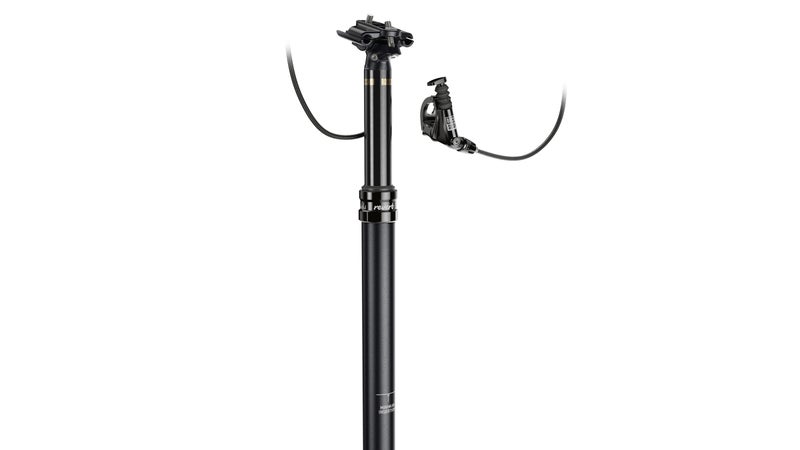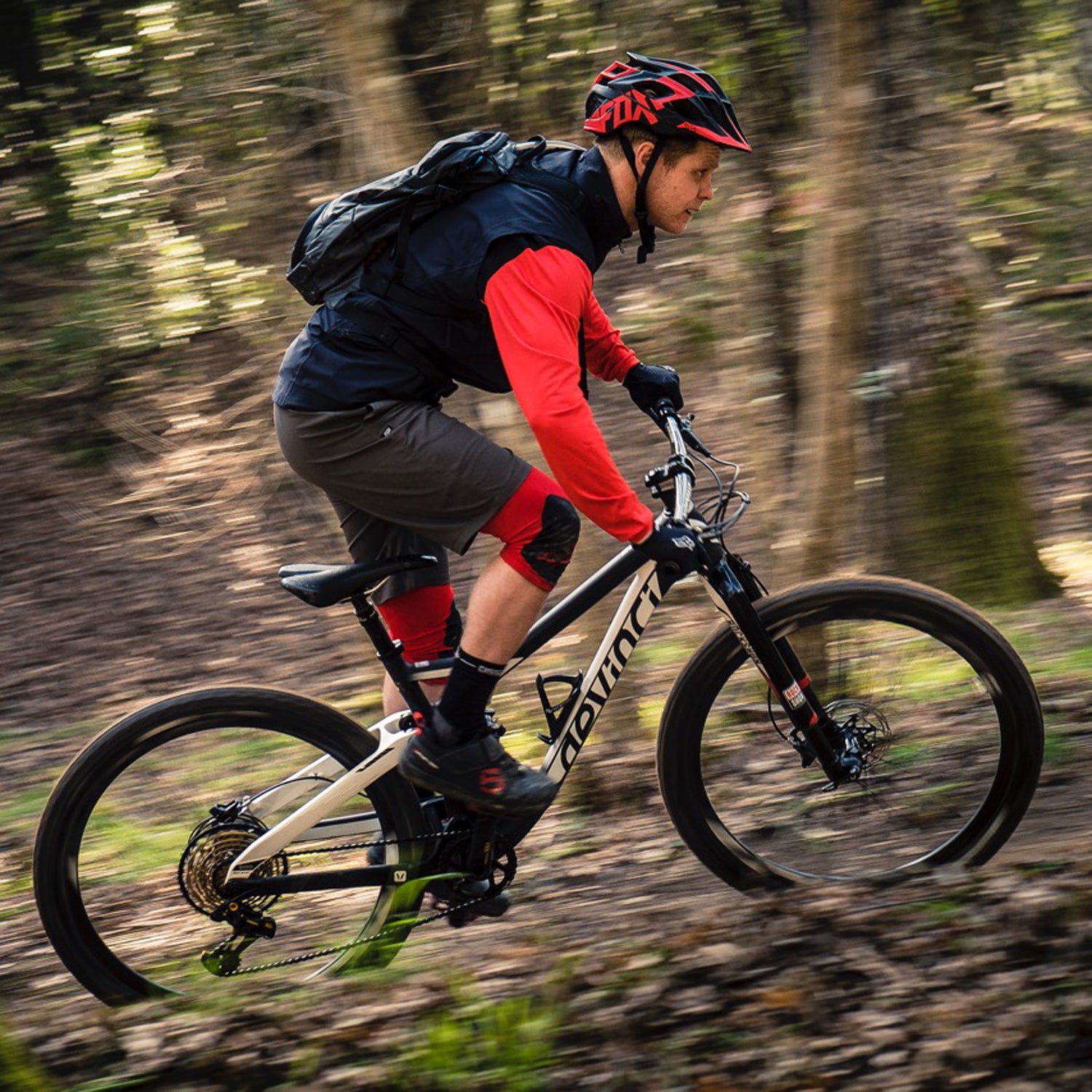RockShox just announced a full makeover of its . The news couldn’t come soon enough.
Now, we love dropper posts. By getting the saddle out of a rider’s way, they make it safer and easier to negotiate technical obstacles and go faster through corners. They have transformed mountain biking the way fat, rockered designs changed skiing.
Unfortunately, many models have also proven temperamental, verging on flat-out unreliable. In our experience, the RockShox Reverb, the most ubiquitous dropper on the market, has been the worst offender. At this year’s edition of the ���ϳԹ��� magazine bike test, we had problems with Reverbs on 11 separate bikes, ranging from posts that developed sag at the top of the travel to ones that locked out completely and wouldn’t drop. We even had units that we bled and re-bled to no avail.
“Our durability hasn’t been maybe as good as we wanted it, and we have been working on that. We have made a number of changes over the past two or three years,” says Sander Rigney, the Reverb category manager at Rockshox. “But you also see more problems with Reverbs because, if there’s a height-adjust post on a bike, there’s a high likelihood that it’s ours.”

Rockshox definitely has a majority share in the category—over half the bikes in our test with droppers were equipped with a Reverb. And it’s also true that the company has a very reliable warranty program and, by every account we’ve ever heard, is always quick with repairs and replacements. But that’s little consolation to the bike owner whose seat post is constantly on the fritz.
That’s why it’s such welcome news that RockShox has finally undertaken a comprehensive overhaul of the Reverb. The new posts keep the same overall configuration as the current line, but all the internals have been analyzed and updated. “There was no need to change the basic design. Everyone appreciates the performance: return speed [and] adjustability,” Rigney explains. “We just set out to make it work more consistently and for a longer period of time. Basically, that comes down to good reliable seals all around.”
The company beefed up the overlaps at every seal and bushing so there’s less likelihood of side-load pressure. That should ensure they run better for longer. Rigney claims that the news posts should withstand up to four years of normal use without developing the sag at the top, which is one telltale sign a Reverb needs service. In addition to the standing 100- and 125-millimeter models, RockShox also added two longer-drop posts at 150- and 170-millimeters.
So will it be enough to remedy the Reverb’s checkered history? Only time will tell. But judging by the company’s new line of Guide brakes, which have all but eliminated the dependability issues of the previous XX models, we are cautiously optimistic. Stay tuned for durability reports once we’ve taken possession of test posts and spent some time beating them up.


